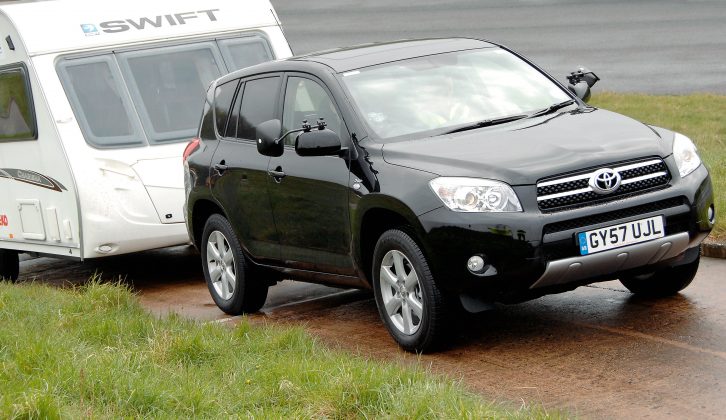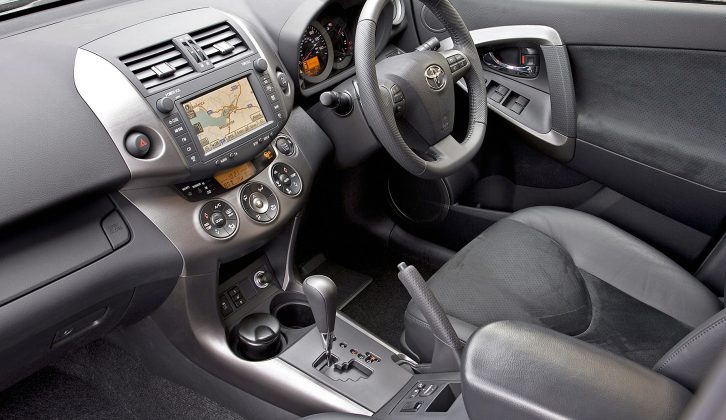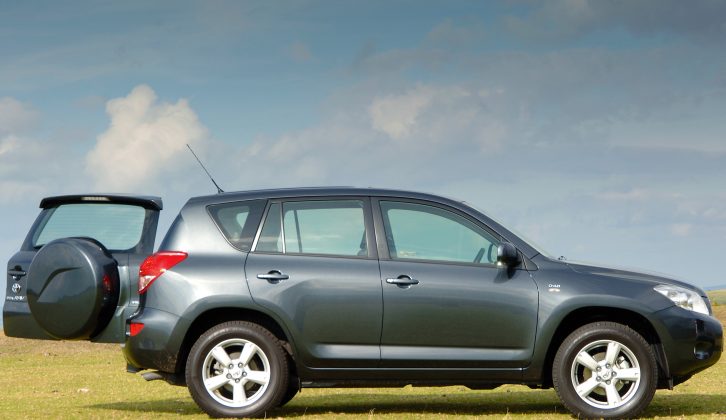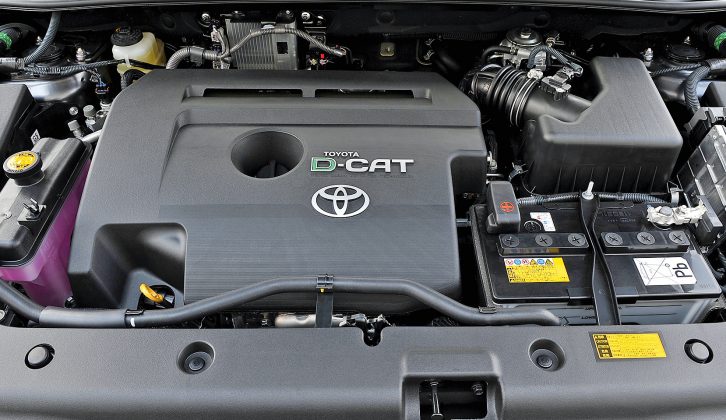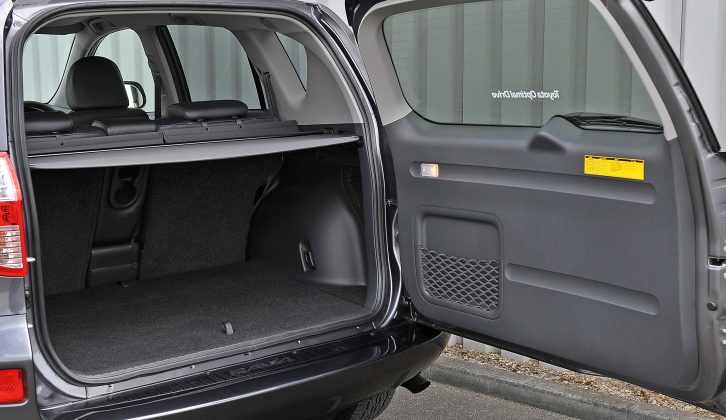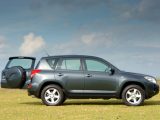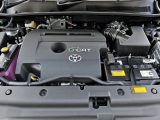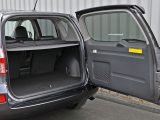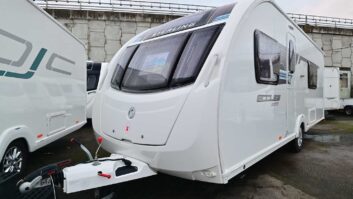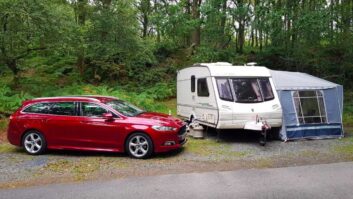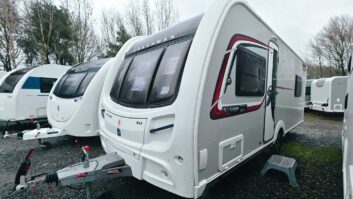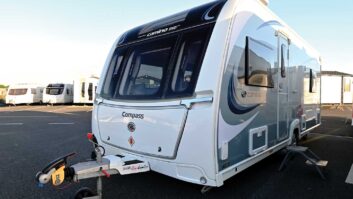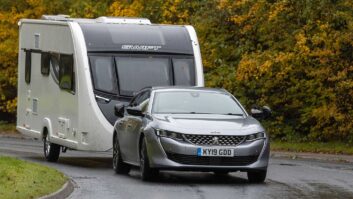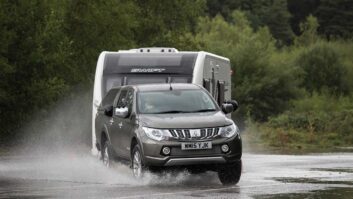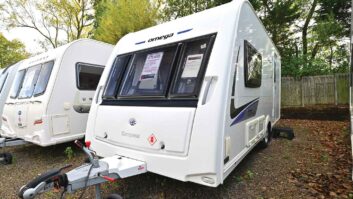Introduced in 1994, the Toyota RAV4 had a big influence on the trend for cars that look like off-roaders but rarely go there. This third generation of the model, launched in 2006, did nothing to dispel that, and is even more biased towards on-road comfort and away from off-road capabilities. There are even entry-level two-wheel-drive models for those buyers with no pretence at all about going further off-road than a grassy antiques fair car park.
Lack of interest led to the three-door model being dropped for this generation in the UK – sales of these had fallen to one-in-five second generation RAV4s. What we got was technology: Toyota replaced old ‘analogue’ stuff such as a centre differential with its Active Torque Control – basically lots of electronic sensors to monitor and direct drive to where it is needed most, instantly. The more expensive models got the even better Active Drive System – an advanced stability control system that’s well worth having.
Model history
At launch in February 2006, the third-gen RAV4 had the option of a 149bhp 2.0 petrol (VVT-i) engine or a 134bhp diesel. For the range-topping T180 model there was also a 174bhp diesel unit. Diesels could only be had with a six-speed manual gearbox, petrol models with a five-speed manual or Toyota’s advanced CVT automatic.
Trim levels were simple to follow: XT3, XT4 and XT5, in ascending order of goodies, with the T180 on top. Even basic models came with four-wheel drive, air-con, seven airbags, ABS, height-and-reach adjustable electric power steering and 17in alloys. XT4 added traction and stability control, hill-start assist, leather upholstery and a glovebox chiller. The XT5 has all of that, plus climate control, electrically adjustable heated front seats, automatic headlamps and rain-sensing wipers. The T180 glams it up with wheelarch extensions and a chrome grille, rear privacy glass and 18in alloys with run-flat tyres and pressure sensors. It was replaced in July 2008 by the similar SR180.
From January 2007, Toyota added the XT-R special edition. It came with metallic paint, Bluetooth, cruise control, rear parking sensors and privacy glass, but had a Tyrefix kit instead of a spare wheel.
In May 2009 trim levels were simplified to XT-R and SR, and the 174bhp model was dropped. Petrol engine power went up to 155bhp and diesel to 147bhp. The diesel could now also be had with a six-speed auto, and the petrol with front-wheel drive.
A year later the range was given more chrome, softer lines and projector-beam headlamps. The diesel was also available in entry-level front-wheel-drive form.
Trouble spots
Watch for excessive smoke from diesel engines, particularly on high-mileage cars or those that have lived a city life. Problems with ‘regeneration’ of the diesel particulate filter (DPF) can lead to over-fuelling and subsequent damage to piston rings and bores. Also check for oil leakage from the timing chain cover. It needn’t put you off, but adjust the price accordingly. The diesel engines are mild oil-burners, so always keep an eye on levels. Toyota says that anything up to a litre in 5000 miles is normal.
An even more well-known Toyota RAV4 issue around the trade is warped brake discs. The cause isn’t clear, but any or all of the discs can suffer, so on your test drive brake firmly and steadily, and feel for any juddering through the steering wheel or pulsing from the brake pedal. It’s not that expensive or difficult to put right, but you shouldn’t pick up the tab.
There’s significant cost and inconvenience attached to the Bridgestone run-flat tyre system fitted to the T180 and SR180 models, allowing a spare-tyre-free rear door. Replacement tyres cost close to £200 each – around £75 more than regular Bridgestones – and only a few tyre shops have the special equipment required to deal with them. However, by cutting off worn tyres and removing the run-flat bands from the rims, normal tyres can be fitted to the original wheels. Or some people simply fit new alloys. Either way, owners report that the change improves ride and handling because of the reduced wheel weight.
On models with a rear-door-mounted spare wheel, EC lighting regulations required a short checkstrap to prevent the wheel from obscuring the lights, and that stops the door from being fully opened. So many owners fit the longer checkstrap from a T180 or XT-R.
Verdict
The 2006 to 2013 model RAV4 range is better than its predecessor. Greater size has added stability, and technological leaps have brought improvements to economy, safety and driving experience, making these stronger than before when considering what tow car ability they have. Used Toyotas aren’t cheap, but have a well-earned reputation for reliability. So the extra cost bags you way above-average trust in what you are sinking your hard-earned into. It may be less of a Land Rover rival off-road, but is a better car for it.
So, which model would we go for? It has to be the 2.2 D-4D T180. However, there is one proviso to this recommendation – that a previous owner has had the wheels converted from run-flat to regular tyres, as described above. That aside, the T180’s pulling power and kit make it the best choice for towing.
There is no really bad model in the range – all have their different virtues and small compromises – so we’ll just say steer clear of the XT3 models because you now get much more from a higher level of trim for very little extra money.
What you need to know
The price range for used RAV4s is about £4750 to £18,000, but when looking through the used cars for sale pages, bear in mind that more than three-quarters of RAV4s are diesels, so that’s where you’ll get more choice. Likewise, manual gearboxes make up about 75% of RAV4s sold. Prices between diesel and petrol RAV4s are largely similar, but it’s harder to find low-mileage diesels.
Here are some useful figures (for a 2008 2.2 D-4D T180):
- Kerbweight 1595kg
- Towing limit 2000kg
- Towball limit 75kg
- 85% match 1356kg
If you’re looking to fit a towbar to a 2006-2013 Toyota RAV4, according to quotes we obtained from PF Jones, it will cost £98 to fit a Witter flange towbar, while a Westfalia detachable towbar is £230, fitting extra for both.
In terms of servicing costs, you’re looking at £125 for an interim service and £200 for a full service, according to quotes from Servicing Stop (prices may vary depending upon location).
Used Toyotas aren’t cheap, but have a well-earned reputation for reliability
